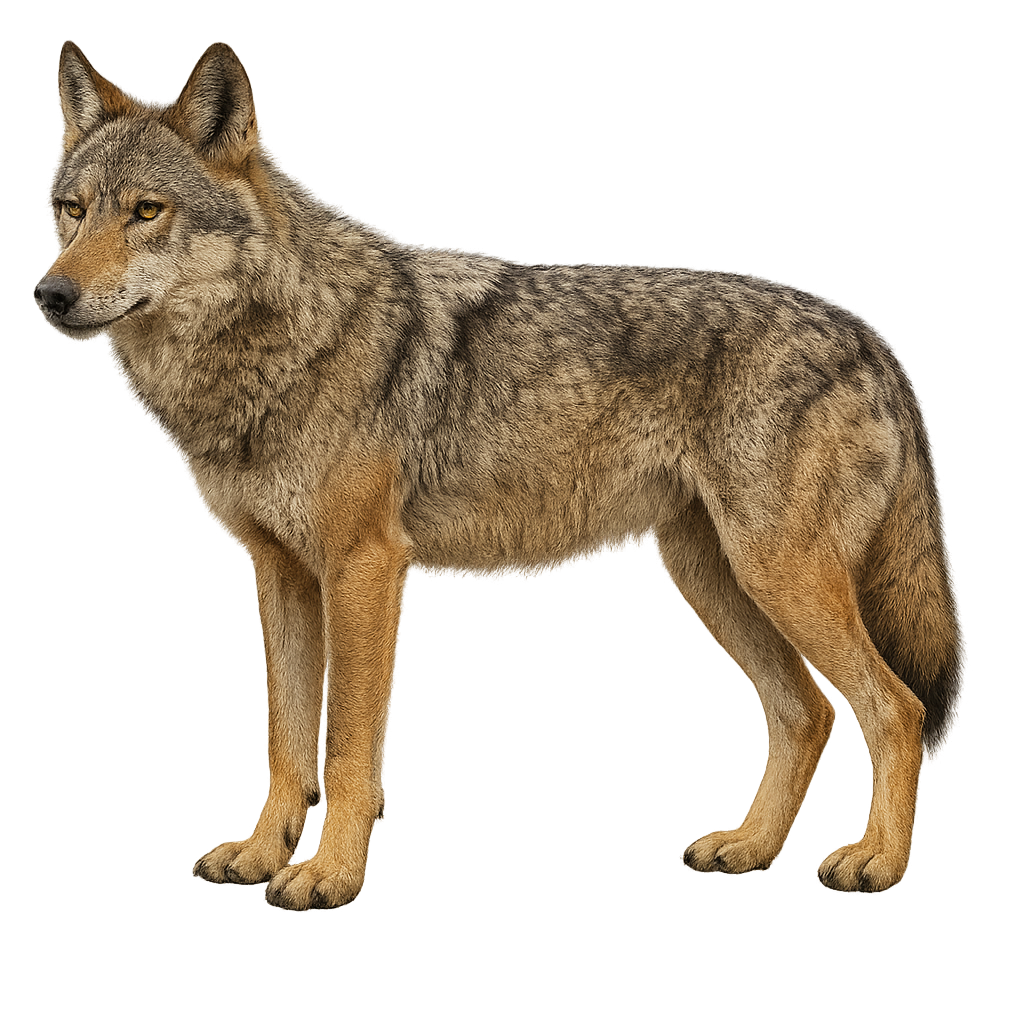Your wildlife photography guide.
Explore the italian wolf in detail, study its behavior, prepare your shots.
Where to observe and photograph the italian wolf in the wild
Learn where and when to spot the italian wolf in the wild, how to identify the species based on distinctive features, and what natural environments it inhabits. The WildlifePhotographer app offers tailored photography tips that reflect the italian wolf’s behavior, helping you capture better wildlife images. Explore the full species profile for key information including description, habitat, active periods, and approach techniques.
Italian wolf
Scientific name: Canis lupus italicus

IUCN Status: Near Threatened
Family: CANIDAE
Group: Mammals
Sensitivity to human approach: Shy
Minimum approach distance: 50 m
Rut period: February to March
Gestation: 61-64 jours
Births: April to May
Habitat:
Forests, mountains, grasslands
Activity period :
Mainly active at night, generally discreet during the day.
Identification and description:
The Italian wolf, or Canis lupus italicus, is a subspecies of the gray wolf, mainly found in the Apennines and Italian Alps. It is characterized by its medium size, dense coat, and color ranging from gray to brown. This predator plays a crucial role in the ecosystem by regulating ungulate populations. Although it was threatened with extinction in the 20th century, conservation efforts have led to an increase in its population. The Italian wolf lives in packs, with a well-defined social hierarchy. It is primarily nocturnal and crepuscular, hunting in groups to optimize its chances of success. Its communication relies on vocalizations, visual, and olfactory signals.
Recommended lens:
400 mm – adjust based on distance, desired framing (portrait or habitat), and approach conditions.
Photography tips:
To photograph the Italian wolf, it is essential to remain discreet and patient. Use a 400mm or longer telephoto lens to capture detailed images from a distance without disturbing the animal. Focus on crepuscular or nighttime hours when the wolf is most active. Camouflage yourself in the environment and avoid sudden movements. A tripod can be helpful to stabilize your camera, especially in low-light conditions. Finally, always be respectful of wildlife and its habitat.
The WildlifePhotographer App is coming soon!
Be the first to explore the best nature spots, track rutting seasons, log your observations, and observe more wildlife.
Already 1 431 wildlife lovers subscribed worldwide

